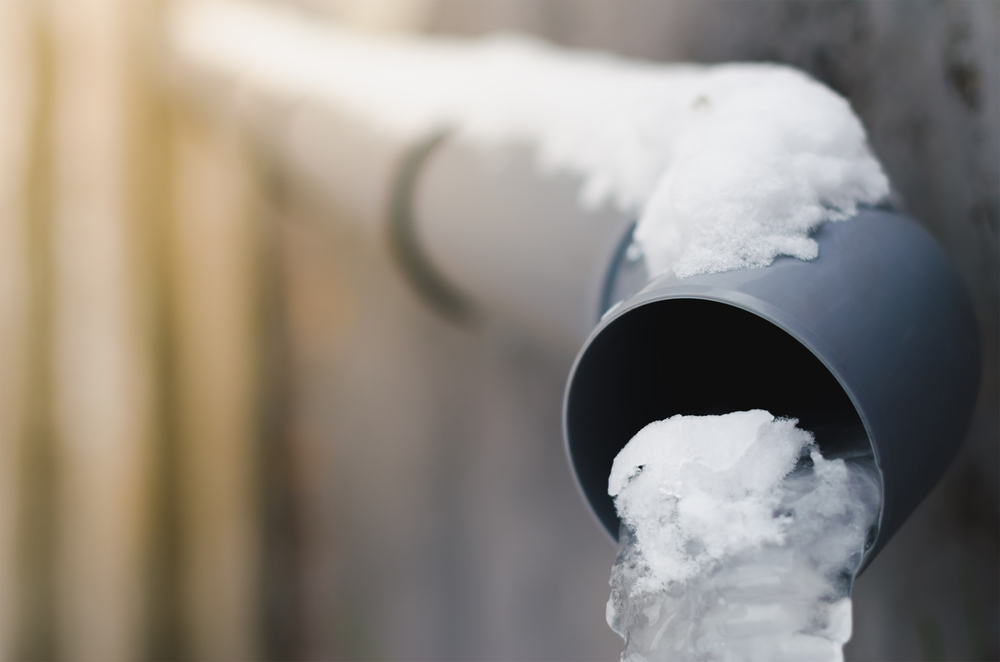What're your ideas regarding How To Avoid Freezing Pipes?

Cold weather can ruin your pipes, specifically by freezing pipelines. Here's how to prevent it from taking place and what to do if it does.
Introduction
As temperatures drop, the danger of icy pipelines boosts, possibly bring about pricey repair work and water damage. Comprehending exactly how to stop frozen pipelines is crucial for property owners in cold environments.
Prevention Tips
Protecting at risk pipelines
Cover pipes in insulation sleeves or utilize warmth tape to shield them from freezing temperature levels. Focus on pipes in unheated or outside locations of the home.
Home heating techniques
Keep interior spaces sufficiently warmed, specifically locations with plumbing. Open cabinet doors to allow cozy air to circulate around pipelines under sinks.
How to identify frozen pipelines
Seek lowered water circulation from taps, uncommon smells or noises from pipes, and noticeable frost on subjected pipelines.
Long-Term Solutions
Structural changes
Take into consideration rerouting pipelines far from outside wall surfaces or unheated areas. Include added insulation to attic rooms, basements, and crawl spaces.
Updating insulation
Purchase premium insulation for pipelines, attic rooms, and walls. Appropriate insulation helps preserve consistent temperatures and reduces the threat of icy pipelines.
Protecting Exterior Plumbing
Yard hose pipes and exterior faucets
Separate and drain garden tubes before winter season. Mount frost-proof spigots or cover outdoor faucets with shielded caps.
Understanding Frozen Pipelines
What triggers pipelines to freeze?
Pipes freeze when revealed to temperatures listed below 32 ° F (0 ° C) for expanded durations. As water inside the pipelines ices up, it expands, putting pressure on the pipe walls and potentially triggering them to break.
Threats and damages
Frozen pipes can result in water disturbances, home damage, and pricey fixings. Ruptured pipes can flood homes and create extensive structural damages.
Indications of Frozen Pipeline
Identifying icy pipelines early can stop them from rupturing.
What to Do If Your Pipes Freeze
Immediate activities to take
If you think frozen pipes, keep faucets open to ease stress as the ice melts. Use a hairdryer or towels taken in hot water to thaw pipes slowly.
Conclusion
Protecting against frozen pipes requires proactive actions and fast feedbacks. By comprehending the reasons, indications, and preventive measures, property owners can safeguard their plumbing throughout cold weather.
5 Ways to Prevent Frozen Pipes
Drain Outdoor Faucets and Disconnect Hoses
First, close the shut-off valve that controls the flow of water in the pipe to your outdoor faucet. Then, head outside to disconnect and drain your hose and open the outdoor faucet to allow the water to completely drain out of the line. Turn off the faucet when done. Finally, head back to the shut-off valve and drain the remaining water inside the pipe into a bucket or container. Additionally, if you have a home irrigation system, you should consider hiring an expert to clear the system of water each year.
Insulate Pipes
One of the best and most cost-effective methods for preventing frozen water pipes is to wrap your pipes with insulation. This is especially important for areas in your home that aren’t exposed to heat, such as an attic. We suggest using foam sleeves, which can typically be found at your local hardware store.
Keep Heat Running at 65
Your pipes are located inside your walls, and the temperature there is much colder than the rest of the house. To prevent your pipes from freezing, The Insurance Information Institute suggests that you keep your home heated to at least 65 degrees, even when traveling. You may want to invest in smart devices that can keep an eye on the temperature in your home while you’re away.
Leave Water Dripping
Moving water — even a small trickle — can prevent ice from forming inside your pipes. When freezing temps are imminent, start a drip of water from all faucets that serve exposed pipes. Leaving a few faucets running will also help relieve pressure inside the pipes and help prevent a rupture if the water inside freezes.
Open Cupboard Doors
Warm your kitchen and bathroom pipes by opening cupboards and vanities. You should also leave your interior doors ajar to help warm air circulate evenly throughout your home.

Do you enjoy reading about Prevent Frozen Pipes ? Write feedback further down. We would be delighted to find out your ideas about this page. In hopes to see you back again in the near future. Enjoyed reading our review? Please share it. Help someone else check it out. Many thanks for being here. Come back soon.
Try Here